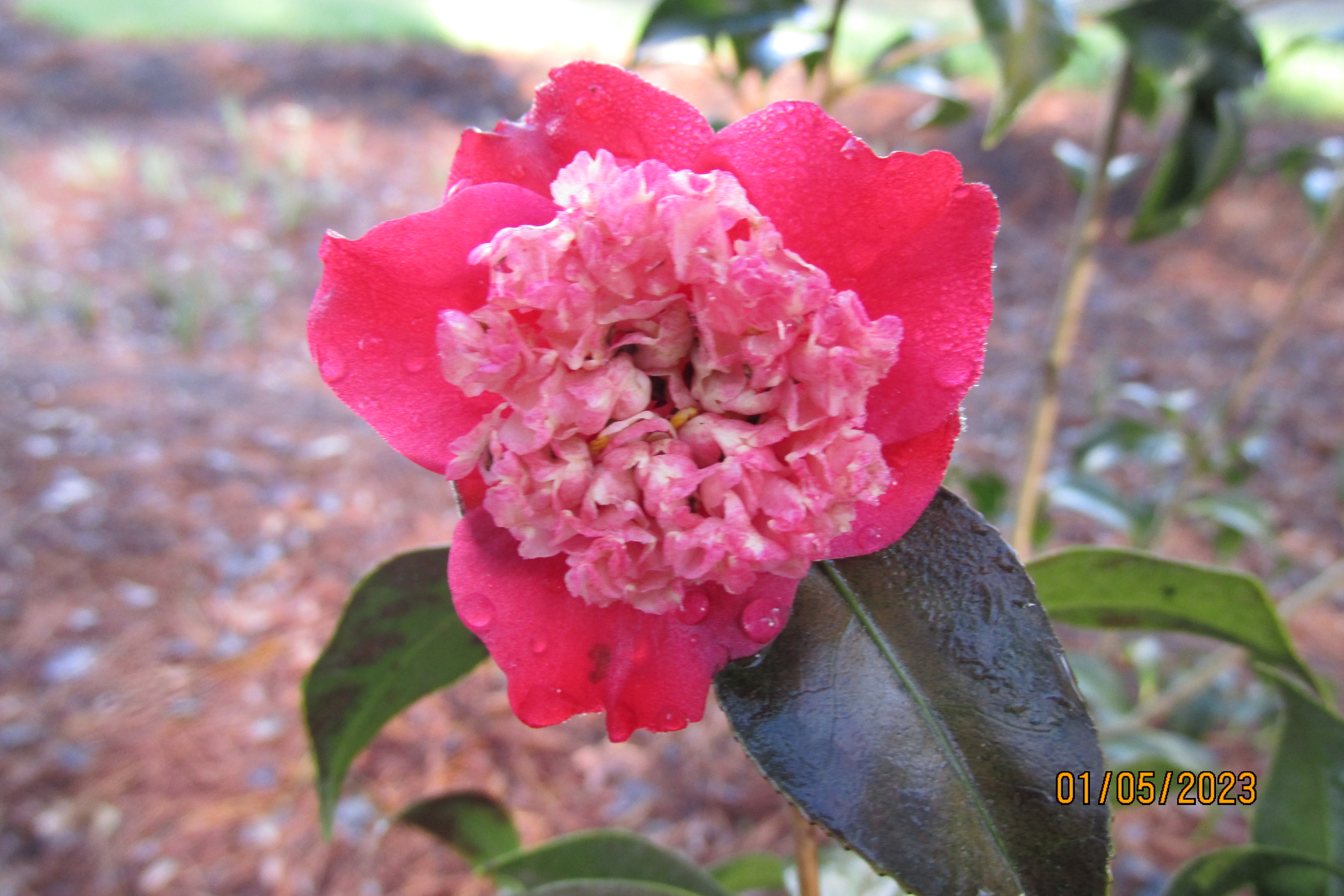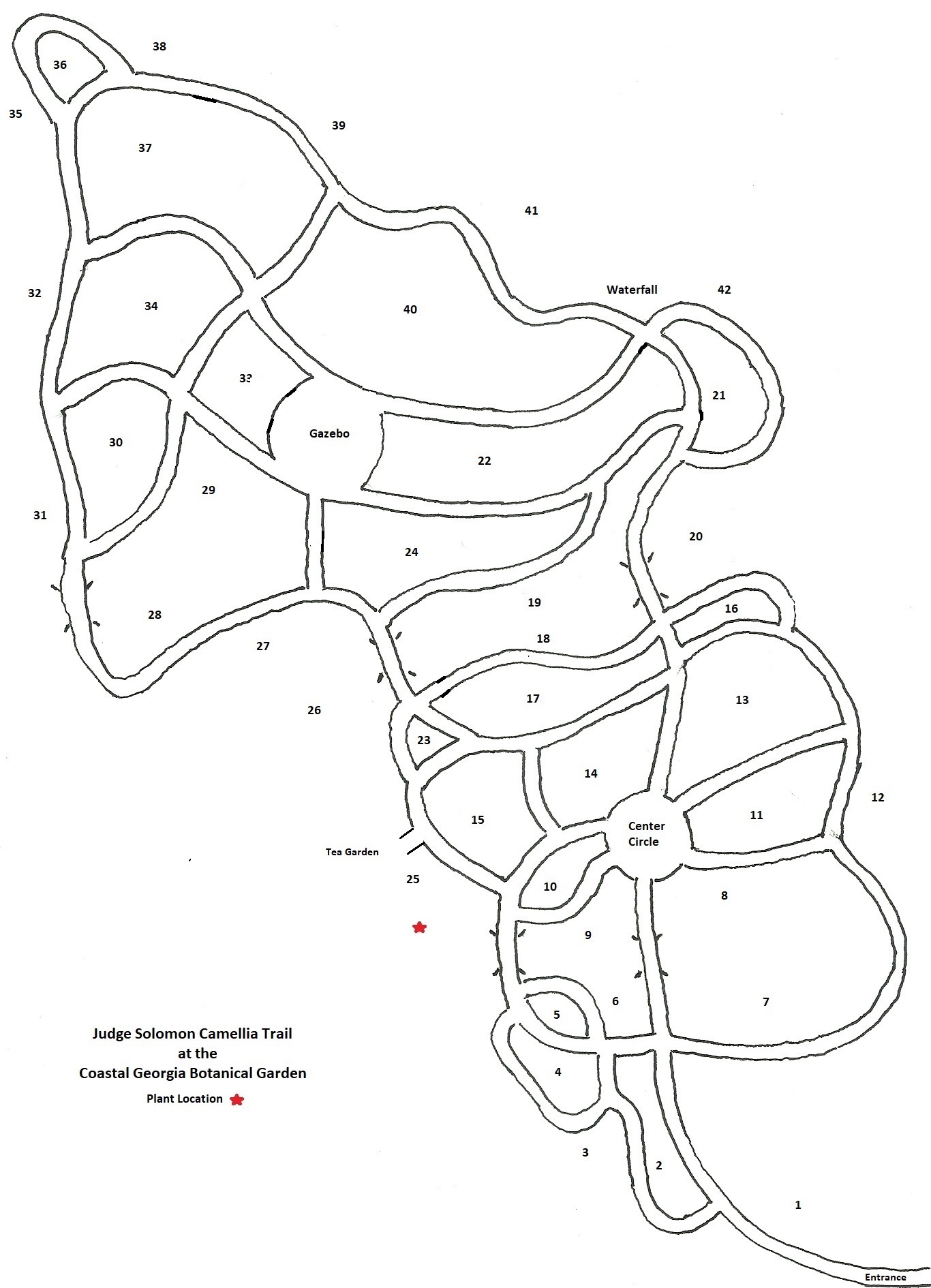Itō, Ihei, 1719, Kōekichikinshō,
vol.I as ‘Bokuhan-tsubaki’; Itō, Jukyū, 1739, Honzō Hanamaki’e as
‘Bokuhan’; Shirai-bunko, 1789, Shoshihi Hanagatachō as ‘Bokuban’;
Kasuya, Kamegorō, 1849, Tsubaki Irohanayose Irotsuki as ‘Bokuhan’;
Iwasaki, Tsunemasa,1828, Honzō Zufu: Red outer guard petals and a
compact, white petaloid centre. A miniature, 5-6 cm across, anemone
form. Mid-season blooming. Vigorous, upright growth with long oval
leaves, strong green, acuminate and finely serrate, obvious venation.
Western synonmy: ‘Tinsie’. Other synonyms: ‘Gakkō’, ‘Gekkō’,
‘Bokuhan-tsubaki’, Hakushin-bokuhan’. Corruption of Japanese names:
‘Bokyhan’, ‘Bohan’. Different reading: ‘Bokuban’. It was described and
illustrated in Ishii, 1930, Illustrated
Horticultural Plants of Japan,
Tuyama, 1966, Camellia
Cultivars of Japan,
pl.130, p.224; Encyclopedia
of Camellias in Colour,
vol.I, 1972, pp.155, 156, pl.365 & p.345. Seibundō
Shinkōsha,
1979, Senchinshū, p.141 & p.248, Macoboy, 1981, The
Colour Dictionary of Camellias,
p.129; Adachi, 1960, Camellia.
Its Appreciation and Artistic Arrangements,
p.215 and on the front cover of New
Zealand Camellia Bulletin,
1972, vol.VII, No.5; Yokoyama & Kirino, 1989, Nihon
no Chinka,
p.357. Mutations: Hoshi-iri-bokuhan, Blush
Tinsie,
Yukimochi-bokuhan. Originated in the Kantō District, Japan. Chinese
synonym: ‘Aiwu’. This cultivar was awarded as an AGM (Award of Garden
Merit) plant by the Royal Horticultural Society in 2002 at H5 rate
(hardy: cold winter; -15°C to -10°C).
|
|


